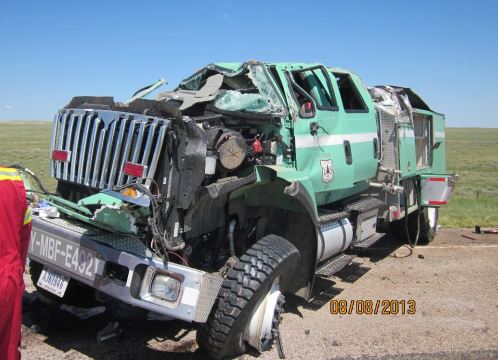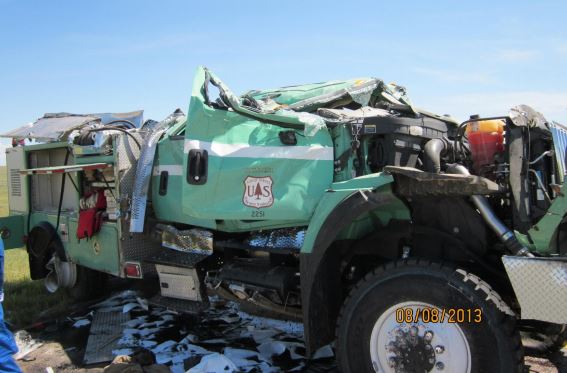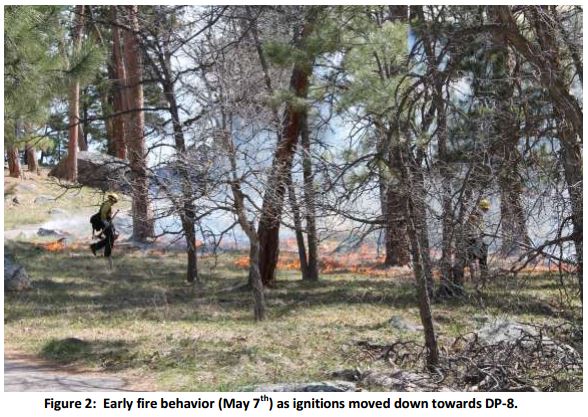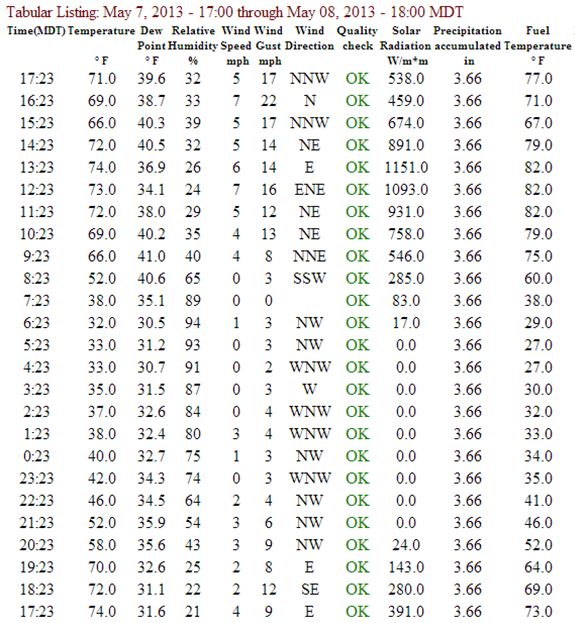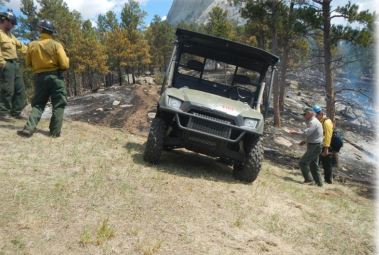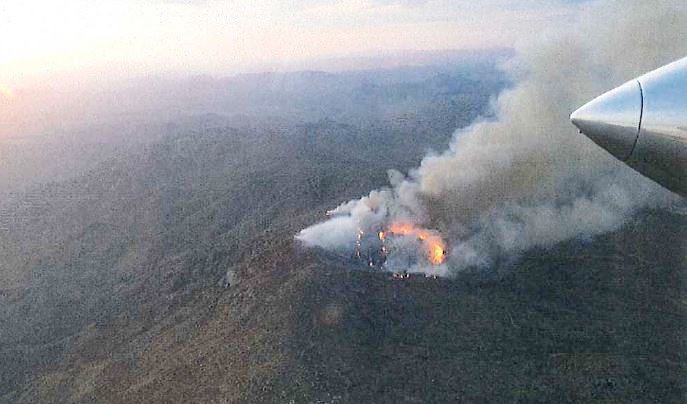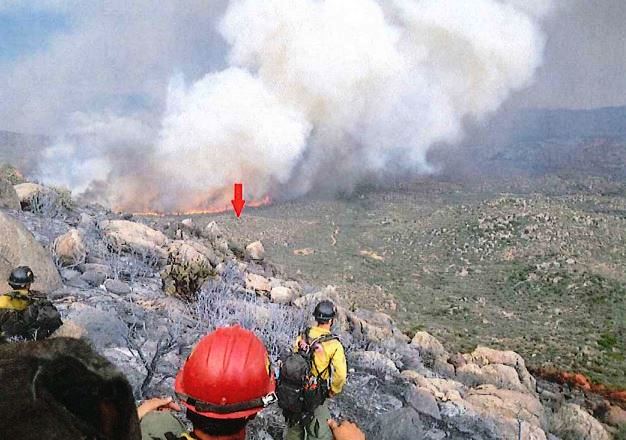(Updated on August 9, 2014 to include a link to details about the new USFS policy, and on August 11 to correct information about the distribution of the version of the report prepared for “organizational leadership”.)
The U.S. Forest Service has created a new review process for serious incidents involving a fatality or three or more hospitalizations, called the Coordinated Response Protocol (CRP). According to the agency:
The CRP is a process now being used to ensure we learn everything possible from serious incidents so we can prevent recurrence while reducing the painful effects on those closest to the incident or accident by coordinating the investigations and reviews that are required when fatalities have occurred. The CRP uses pre-trained and designated response teams. This provides a basis for coordination and communication before any team is dispatched to an incident. This new process minimizes traumatic impacts on witnesses, coworkers and others close to the tragedy while improving our ability to gather information and learn. The CRP replaces the Serious Accident Investigation with a new process called the Learning Review. The Learning Review is designed to create learning products for multiple audiences.
A new Interagency Serious Accident Investigation Guide was used for the first report on the Yarnell Hill Fire on which 19 members of the Granite Mountain Hotshots were killed. The process prohibited causes, conclusions, and observations from being included in the public report; they were reserved for a second version of the report that would be for internal agency use only.
That process was a total failure and set a new low bar for learning opportunities following serious accidents. The USFS prohibited their employees that had specific knowledge about the fire from being interviewed.
The new protocol just introduced by the USFS also specifies that two reports be produced; one for the public and another for organizational leadership.
Ivan Pupulidy called us to say that he was the author of the new protocol. Presently he is the Acting Program Manager for Human Factors Risk Management Research Development and Application for the USFS’ Rocky Mountain Research Station. In September he will be the Director of the USFS’ new Office of Learning. Mr. Pupulidy said the agency no longer subscribes to the one-year old Interagency guide and explained that under the new system both versions of the reports will be published on the Wildland Fire Lessons Learned Center website. When asked if the causes, conclusions, and observations would be included in the reports, he said they “will not include traditional nonsense”.
Mr. Pupulidy said the information will be broken up into two reports, rather than just having one, because a single document became “lengthy and troublesome”.
Our view:
Some firefighters would argue that causes, conclusions, and observations are not “nonsense”, but are some of the more important and useful features of an accident report, and that banning them reduces the opportunities for learning and preventing similar accidents. Having subject matter experts review an accident and provide information about how and why it happened can be crucial information for those in the early stages of their career.
Any effective accident review must collect all of the information, and without censoring or overtly protecting agency officials, distribute findings that can reduce the chance of a future similar accident. As we found out, anything short of that is a waste of time and money. More than 50 people worked on the Yarnell Hill report, and could not pull it off. It sounds simple, but to get a politically sensitive agency to carry it out, apparently is very, very difficult.
In addition, innocent bystanders and witnesses with information about the accident must be protected from civil lawsuits and criminal charges.
****
The USFS’ description of the new policy: Coordinated Response Protocol Paper

